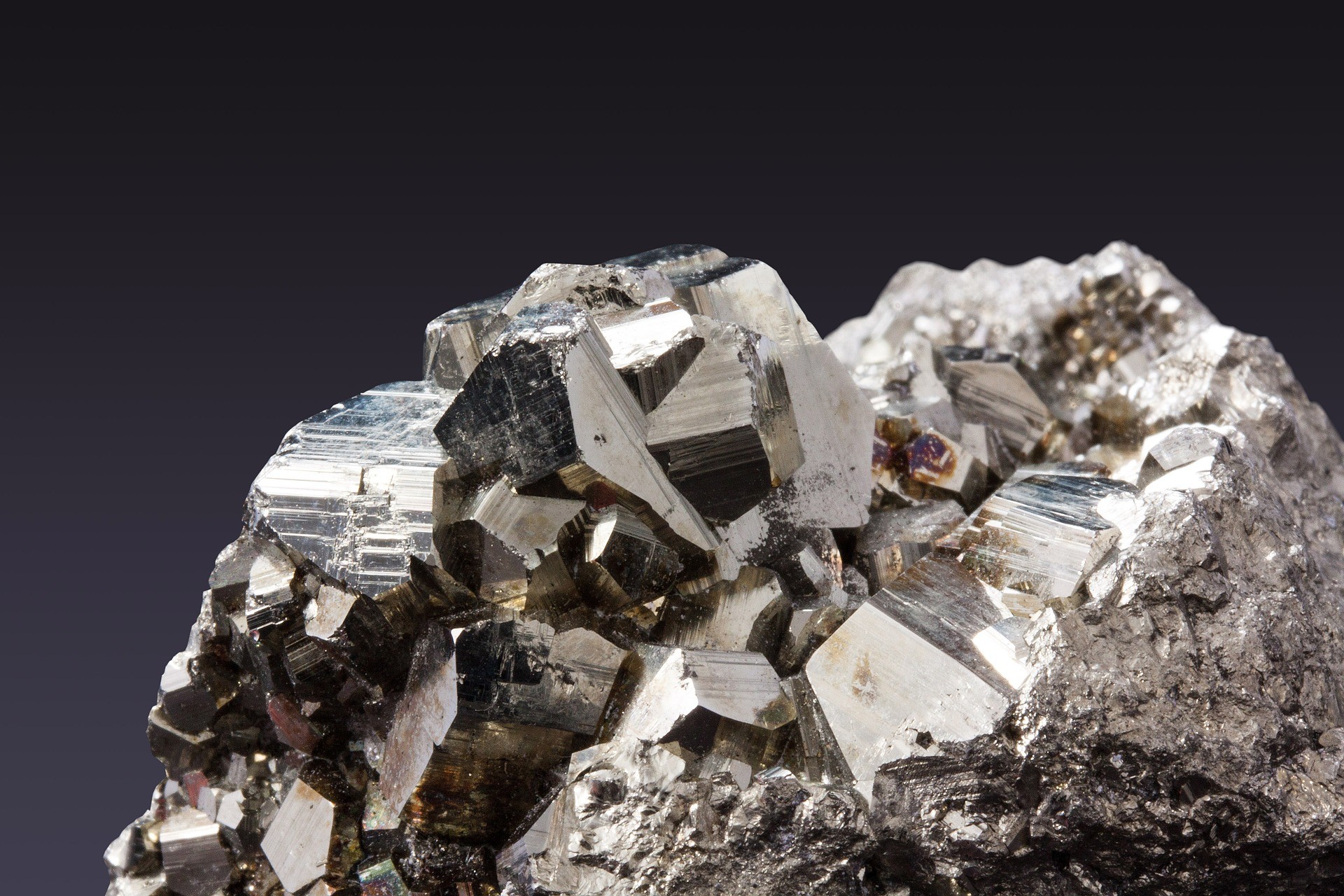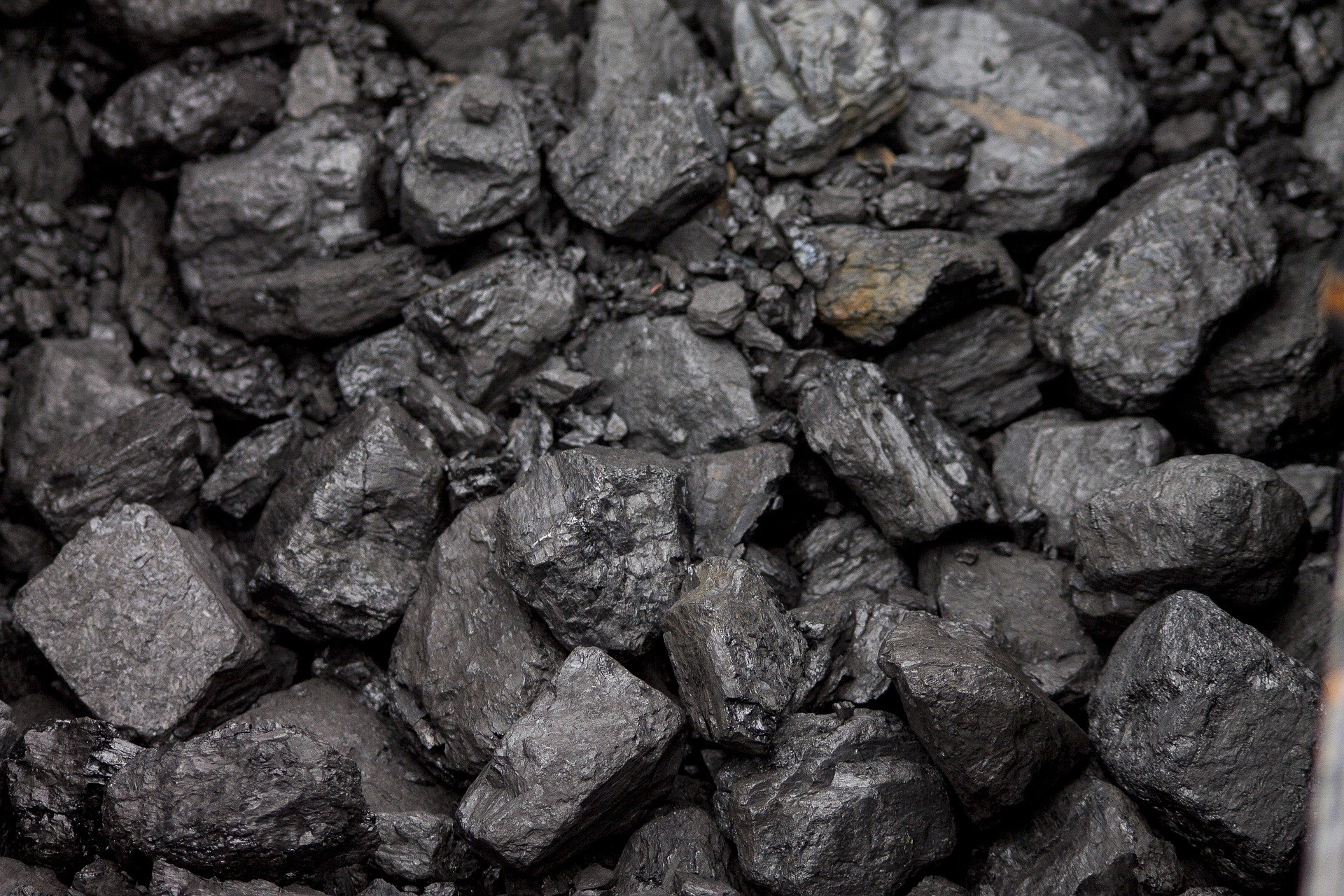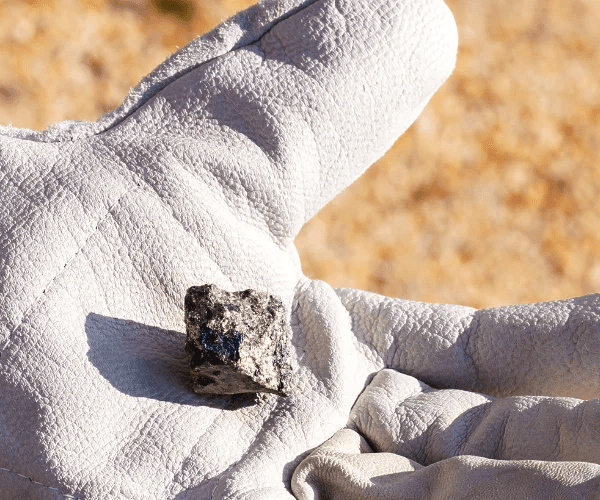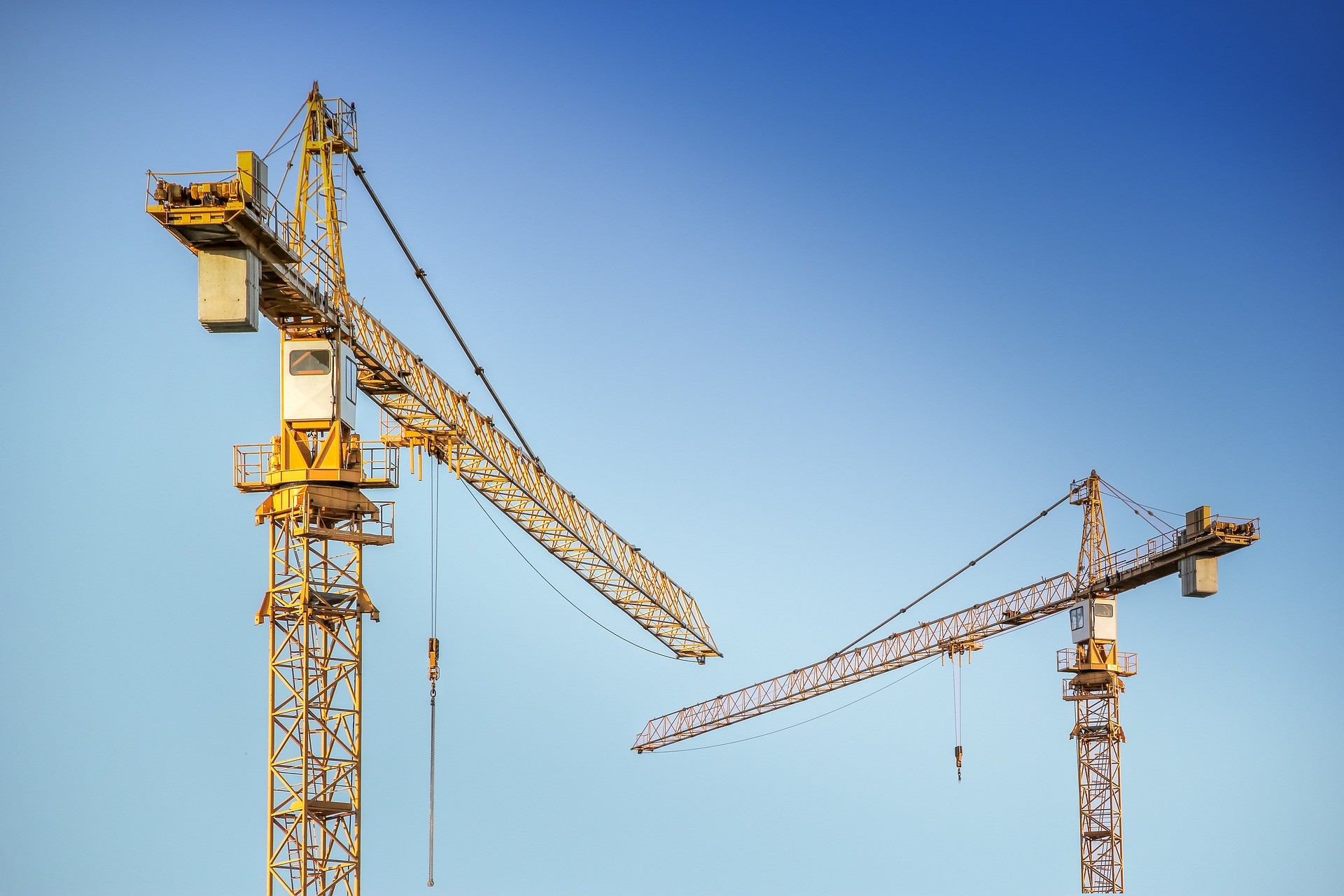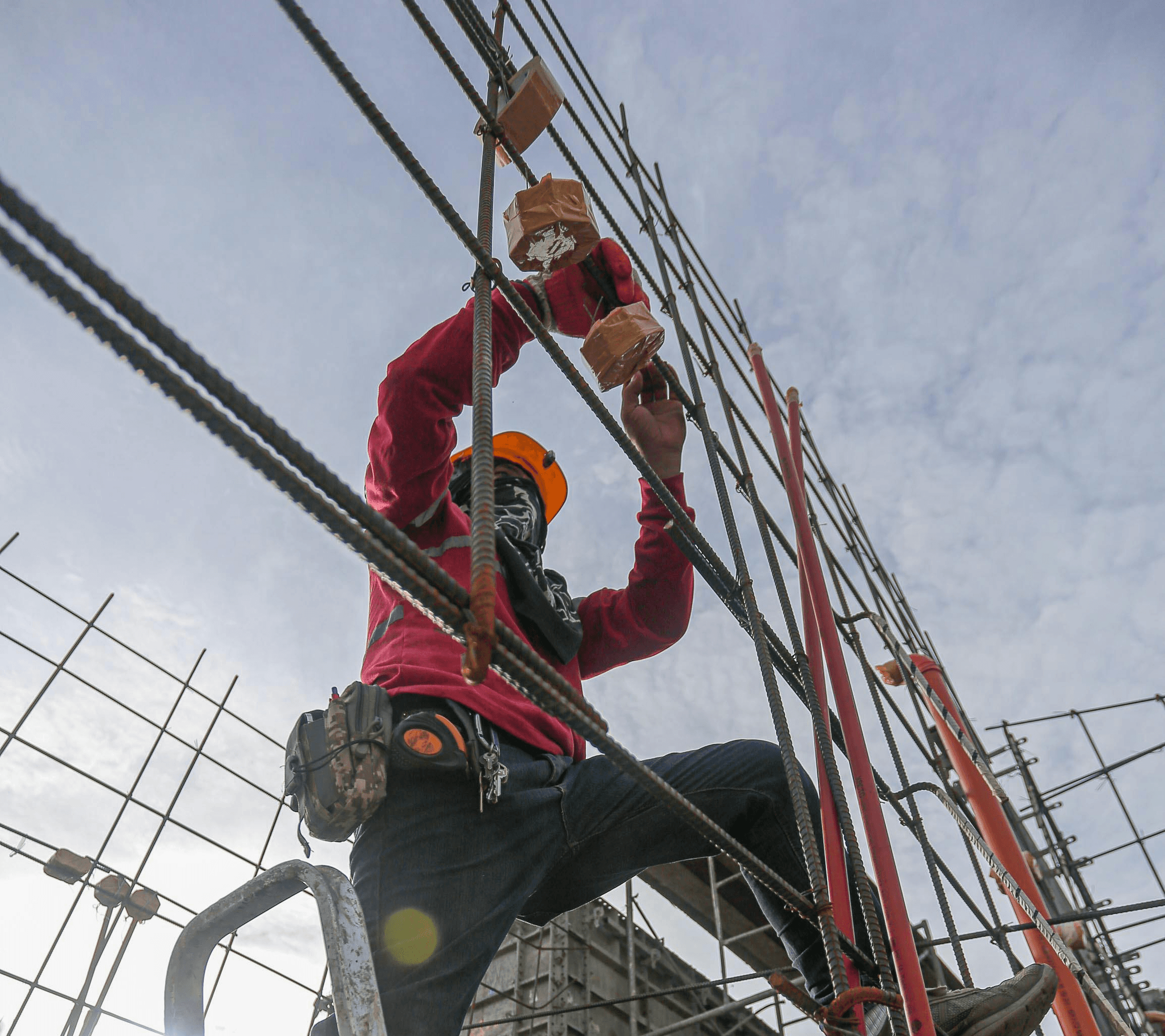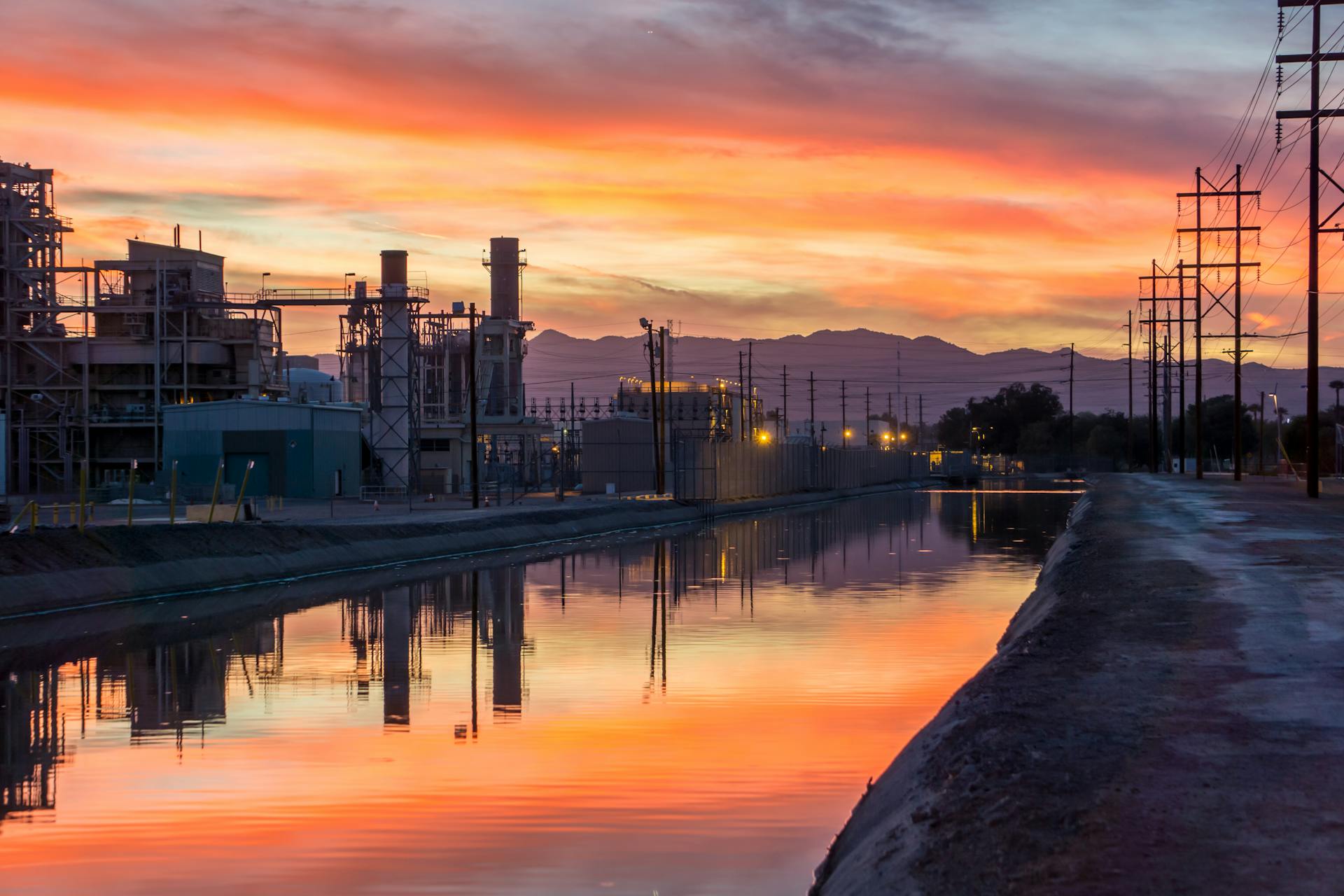Material Preparation and Kiln Setup
The process begins with the careful selection of high-quality raw materials, including iron ore, non-coking coal, and dolomite or limestone as flux. These materials are meticulously sourced to ensure optimal quality for the production process. The rotary kiln, a cylindrical furnace lined with refractory material, is set up at a slight incline to facilitate the movement of the materials from the feed end to the discharge end, ensuring a smooth and continuous flow through the kiln.
Charging, Heating, and Reduction
Once the materials are prepared, they are continuously fed into the rotary kiln to maintain a steady flow. Inside the kiln, the materials are heated to temperatures between 800-1050°C using a combination of air and fuel. This high temperature generates reducing gases, primarily carbon monoxide (CO) and hydrogen (H₂), which play a critical role in removing oxygen from the iron ore. This reduction process transforms the iron ore into sponge iron as the gases react with the ore inside the kiln.
Cooling and Final Handling
After the reduction process, the hot sponge iron is transferred to a rotary cooler where it is cooled to a manageable temperature. Cooling is essential to prevent oxidation and maintain the quality of the final product. Once cooled, the sponge iron is screened to remove any impurities before being stored in silos or dispatched directly to customers, ready for use.
